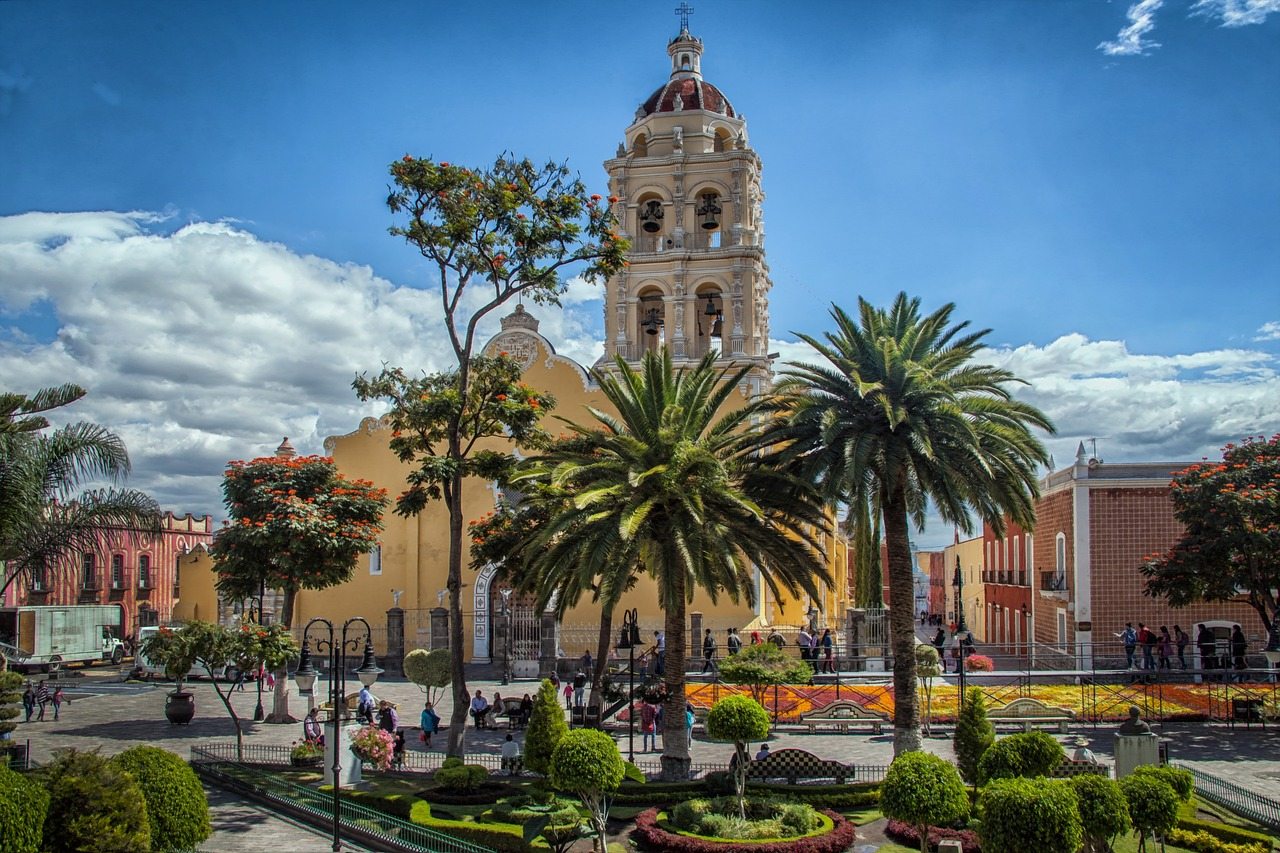Pretoria weather is a topic that is of great interest to many people, as it can greatly impact their travel plans and daily lives. The city of Pretoria, also known as Tshwane, is the administrative capital of South Africa and is located in the northern part of the country, in the province of Gauteng. The city has a subtropical highland climate, which means that it experiences warm summers and cool winters. The city’s altitude of 1,295 meters (4,256 feet) above sea level also plays a role in its climate, making it cooler than nearby low-lying areas.
Pretoria’s weather is heavily influenced by the city’s location in the interior of South Africa, which is far from the moderating influence of the ocean. This means that the city experiences high temperatures during the summer months and low temperatures during the winter months. The city also experiences occasional thunderstorms and heavy rainfall during the summer months, with most of its annual rainfall occurring between October and April.
The following table displays the average temperature and rainfall for each month in Pretoria.
| Month | Low (°C) | High (°C) | Low (°F) | High (°F) | Rain (%) |
|---|---|---|---|---|---|
| January | 11 | 29 | 52 | 84 | 20 |
| February | 11 | 28 | 52 | 82 | 20 |
| March | 10 | 27 | 50 | 81 | 20 |
| April | 8 | 24 | 46 | 75 | 20 |
| May | 5 | 20 | 41 | 68 | 20 |
| June | 2 | 17 | 36 | 63 | 20 |
| July | 1 | 16 | 34 | 61 | 20 |
| August | 2 | 17 | 36 | 63 | 20 |
| September | 4 | 19 | 39 | 66 | 20 |
| October | 6 | 21 | 43 | 70 | 40 |
| November | 8 | 24 | 46 | 75 | 40 |
| December | 10 | 26 | 50 | 79 | 40 |
When it comes to the best time to visit Pretoria, it ultimately depends on what kind of weather and activities you prefer. The summer months of December to February are the warmest and offer the most sunshine, making it a great time for outdoor activities such as hiking and visiting the city’s many parks and gardens. However, it is also the time when the city experiences the most thunderstorms and heavy rainfall, so it’s best to be prepared for sudden changes in weather.
On the other hand, the winter months of June to August are the coolest, and the best time to visit if you prefer milder temperatures and less chance of thunderstorms. This is also the time when the city experiences the least amount of rainfall, making it a great time for outdoor activities such as hiking and visiting the city’s many parks and gardens.
The spring months of September to November are a good middle ground, with temperatures that are warm but not too hot and a lower chance of thunderstorms compared to the summer months. The city also experiences beautiful blooming of Jacarandas trees and other flowers during this season. This is a perfect time for photography lovers and nature enthusiast.
In conclusion, the best time to visit Pretoria depends on your personal preference and the activities you plan on doing during your visit. If you prefer warmer weather and more sunshine, the summer months may be the best option. If you prefer milder temperatures and less chance of thunderstorms, the winter months may be the best option. And if you want to catch the blooming of Jacarandas and other flowers, spring would be the best time to visit. Regardless of when you choose to visit, be sure to check the forecast and come prepared for any sudden changes in weather.



